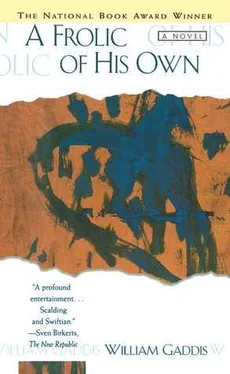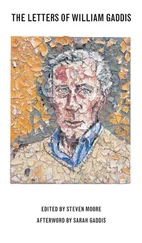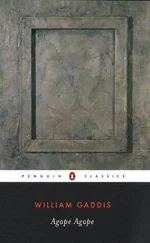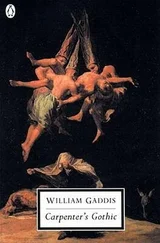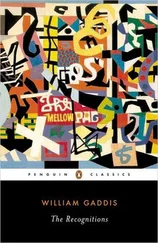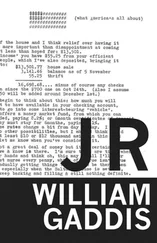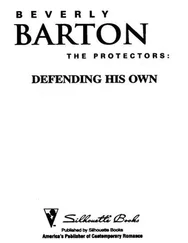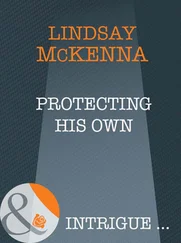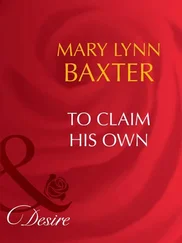In deciding Nichols v. universal Pictures Corporation (45 F.2d at 121) Judge Hand stated '(i)t is of course essential to any protection of literary property, whether at common law or under the statute, that the right cannot be limited literally to the text, else a plagiarist would escape by immaterial variations… When plays are concerned, the plagiarist may excise a separate scene (citations omitted); or he may appropriate part of the dialogue (citation omitted). Then the question is whether the part so taken is "substantial," and therefore not a "fair use" of the copyrighted work; it is the same question as arises in the case of any other copyrighted work. (Citations omitted.) But when the plagiarist does not take out a block in situ, but an abstract of the whole, decision is more troublesome.' Further, in Murray, this court has conceded that even novel and original ideas to a greater or lesser extent combine elements that are themselves not novel. Originality does not exist in a vacuum.' And as stated in Edwards & Deutsch Lithographing Co. v. Boorman, 7th Circ, 15 F.2d 35, 36, The materials used are all old and in the public domain, but the selection, the ordering and arrangement, are new and useful, and copyrightable. In deciding the question of infringements, the first and most obvious thing to do is to compare the productions themselves. The copyrightable feature of appellant's production being a particular plan, arrangement and combination of materials, the identity of such plan, arrangement and combination of similar materials, found in appellee's production, not only suggests, but establishes, the claim of copying.' See universal Pictures Co. v. Harold Lloyd Corporation 162 F.2d 354.
The defendants took for their mise en scene the same locale, the same two fragmented families contrasting privilege and penury, the same leading roles and the same protagonist's relationships with them. Both Thomas and Randal are fueled by indignation; both escape their humiliating circumstances through marriage to the plantation heiress next door, whose father is a Confederate major and whose brother takes their place at the battlefront unbeknownst to them; both travel north on the same mission and send substitutes from the mines up in their place, to the same fate and in the same battle; finally, both are saddled by a bleak embittered mother who holds the key to their family injustice in the form of the intestate uncle. The differences are not of character but of dimensions, convenience or mere disguise; thus Thomas is an ambitious young man of intellectual leanings caught at cross purposes and fully aware of the ethical fine points at stake in his demand for justice, whereas Randal is cast in a simpler mould, reflecting the vacant stare of the motion picture audience in its warm acquaintance with greed undiluted by any exercise of the intellect let alone the bewildering thicket of 5ocratic dialogue. Where the play has in mind to edify, the picture sets out to entertain; thus Giulielma, Thomas' touching and desolate bride, finds her tempestuous full bosomed counterpart on the screen composed to arouse those appetites that will find their vicarious reward in the rape scene. Similarly, the sympathetic stage portrait of the Major as a genteel if self serving Southern aristocrat not unfamiliar in the literature, becomes that of a scheming rural drunk familiar from the small screen of television, and his son a mean figure of weakness and spite who is portrayed on the stage as a complex mixture of thwarted and divided love and loyalties. Even the part of Mr Bagby, a study in the business as usual corruption that ushered in Reconstruction and flourishes among us today as the beau ideal, is taken by a comic Italian stereotype reflecting, perhaps, no more than the mirth provoking possibilities provided by each successive wave of immigration, where were the story set in our own time his name would be Jimenez. Only the mother remains the same consistently unpleasant presence from one incarnation to the next, though her message delivered at the opening of the play does not come until later in the picture with its full impact when the two have parted company altogether. The Negro boy at her knee in the play has all but disappeared in the picture, there being no need to explore Rousseau's views on freedom; and Mr Kane of the play is entirely absent from the picture where Crito would be as unhappy a stranger as King Tut.
The main action of the play commences well after that of the picture, with the hero's return from battle to the news of his inheritance. Rather than marking a difference however, this draws them the closer, since the play's opening dialogue summing up all that has gone before now reads like the scenario written for and played out in the picture. From the mother's bleak recounting of the event, we behold on the screen the hero driving their shabby equipage up the plantation drive 'as if he owned the place' only to be sent on his way by a disdainful black to the dilapidated farm, where their struggle against adversity is depicted in the ensuing montage as a long pantomime of privation with musical flourishes unaided by the spoken word. The first voice we hear is that of the ravishing heiress next door, taking him by surprise while out hunting though from her demeanor and subsequent actions we gather that she is not. In calculated contrast to Thomas' poetic recounting of this scene in the play, where his humiliation out hunting food for the table confronted the girl's wayward loneliness, the man on the screen turns the tanned and perspiring badges of his low estate to advantage bringing her down from her arrogant seat on a pawing stallion to be found in short order undoing his overalls and, in the phrase that has caught currency from its high Joycean literary pedigree, 'making a man of him.' Following a lavish wedding and his installation at Cross Creek with his bride's unsavoury relations, the clouds of war loom over the happy couple, preparing us for the full scale screen spectacle of battle at Ball's Bluff.
We may note that at this point in the picture the main action of the play has not even begun, and nothing has been offered by defendants as evidence taken from the public domain, yet we need only come this far in tracking the picture to the play to arouse our doubts regarding the particular plan, arrangement and combination of materials' in defendants' product in the light of Nutt v. National Institute incorporated for the Improvement of Memory, 2d Circ, 31 F.2d 236, 238 where the court observed, '(c)opying is not confined to a literal representation but includes various modes in which the matter of any publication may be adopted, imitated or transferred with more or less colourable alteration.' The matter of dialogue versus action portrayed, or as alleged in the instant case employed as a blueprint for such portrayal, has enjoyed many variations in infringement actions, quoting the author's description of the infringing scene in Chappell & Co. v. Fields, 2d Circ., 210 F. 864 where '(i)n the plaintiff's play the idea that B was deliberately bound to the track with the intention of having him killed by the train was conveyed by the joint effect of the language spoken and movements performed in accordance with the written directions; while in the defendant's play the same idea was conveyed solely by the language uttered. The action, the narrative, the dramatic effect, the impression created and the series of events in the two scenes were identical.' Thus '(w)e have often decided that a play may be pirated without using the dialogue. (Sheldon v. Metro-Coldwyn Pictures, supra, citations omitted.) Were it not so, there could be no piracy of a pantomime, where there cannot be any dialogue; yet nobody would deny to pantomime the name of drama. Speech is only a small part of a dramatists' means of expression; he draws on all the arts and compounds his play from words and gestures and scenery and costume and from the very looks of the actors themselves.' Yet even as here quoting Judge Hand in their defense, appellees rather strengthen the case for the plaintiff as they have done elsewhere 'by setting out dissimilarities, changes, omissions, additions, and variations… different characters, different dialogues, and different costumes which were used to effect a different purpose. Evidence of these differences is relevant upon the question of infringement, but if such differences are shown to exist, the question remains for the trier of fact to decide the issue.' Pellegrini v. Allegrini, D.C., 2 F.2d 610. Where a grant of summary judgment may be precluded by evidence of substantial differences between two works because such evidence would demand a trial on the issue of substantial similarity, should we follow the procedure of the court below assuming copying we must determine whether there are differences which are not extensive enough to show that there is no substantial similarity between the play and the picture as a matter of law. Thus in Fleischer Studios, Inc. v. Ralph A. Freundlich, Inc., 2d Circ, 73 F.2d 276, 278, cert, denied 294 U.S. 717, 55 S.Ct. 516, 79 L.Ed. 1250, the court found the test of infringement to be whether the work is 'recognizable by an ordinary observer as having been taken from the copyrighted source. Such is an infringement… Slight difference and variations will not serve as a defense.' As in the case at bar, '(s)urely the sequence of these details is pro tanto the very web of the author's dramatic expression; and copying them is not "fair use…" Again these details in the same sequence embody more than the "ideas" of the play; they are Its very raiment.' And see Chicago Record-Herald C. v. Tribune Association, 7th Circ., 275 F. 797, 799, in which it is said that the unauthorized use, copy or appropriation is not to be neutralized on the plea that it is such a little one.'
Читать дальше
